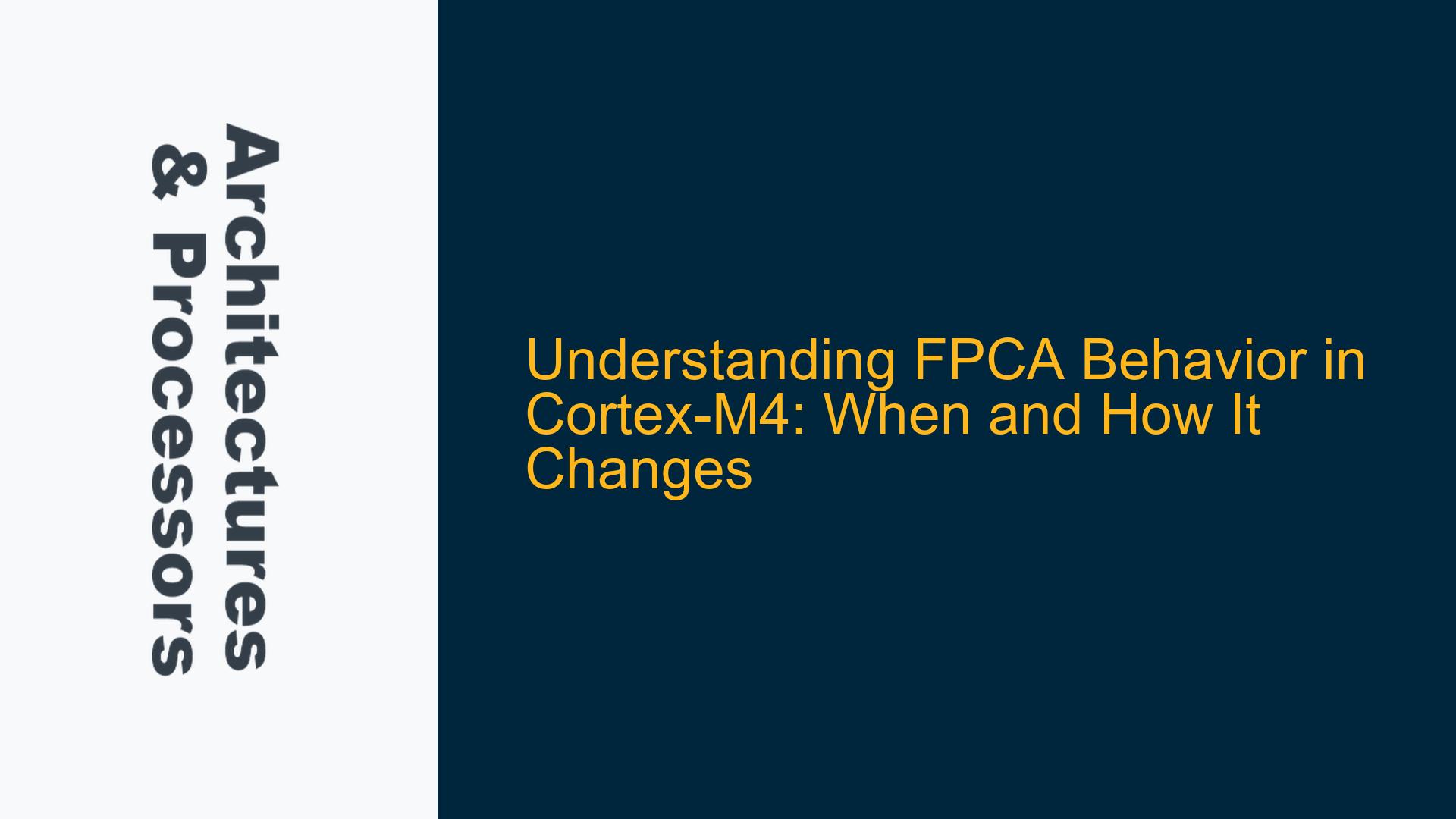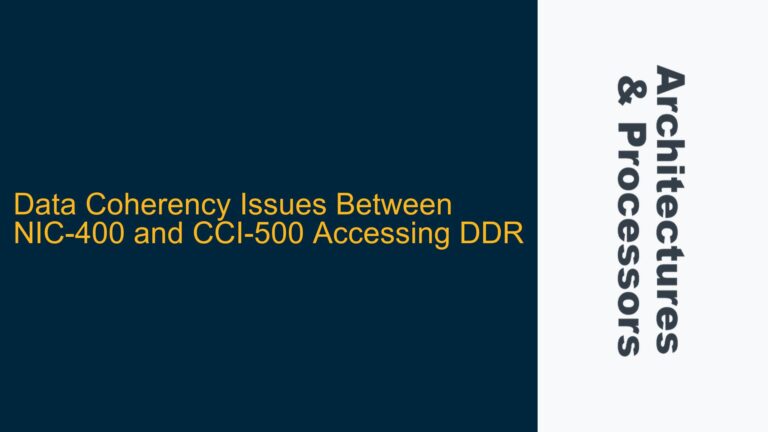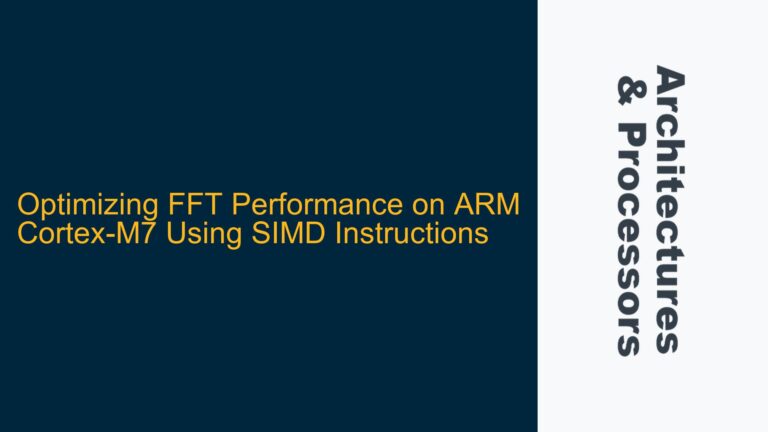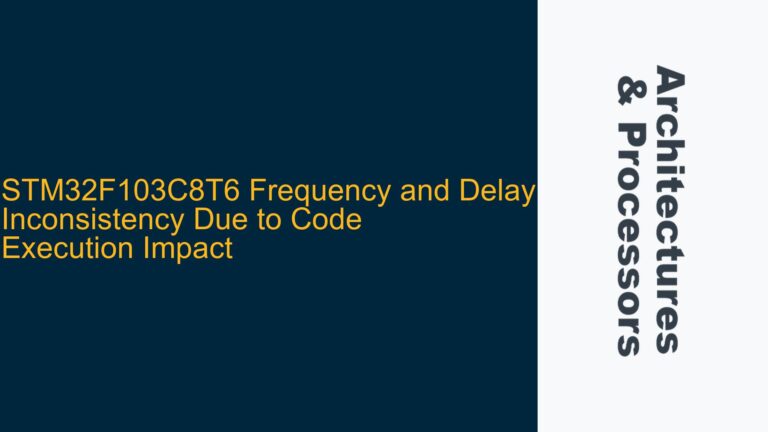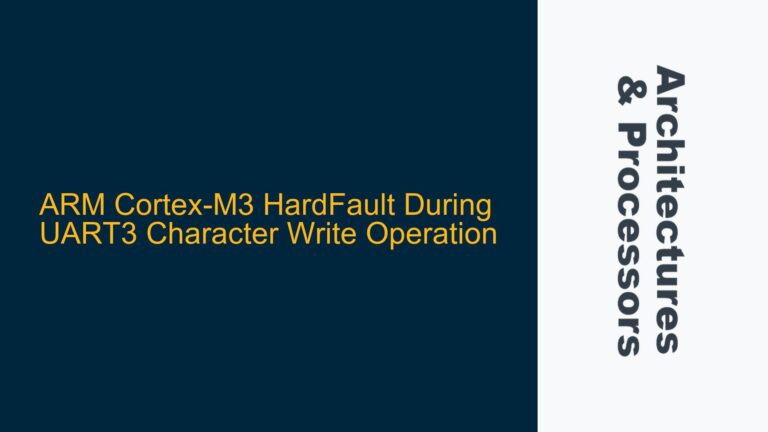FPCA in Cortex-M4: Context and Functionality
The Floating-Point Context Active (FPCA) bit is a critical component of the Cortex-M4 processor’s control register, specifically within the CONTROL register. This bit plays a pivotal role in managing the state of the Floating-Point Unit (FPU) and its associated context. The FPCA bit is set to 1 whenever the FPU is utilized, indicating that the floating-point context is active and needs to be preserved during context switches or interrupt handling. This ensures that the floating-point registers are saved and restored correctly, maintaining the integrity of the floating-point calculations.
The FPCA bit is part of the CONTROL register, which is a privileged register accessible only in privileged modes (e.g., Handler mode or Thread mode with privileged access). The CONTROL register also contains other bits that manage the stack pointer selection and the processor’s execution state. The FPCA bit, however, is specifically tied to the FPU’s state and is automatically set by the hardware when any floating-point instruction is executed.
Understanding the behavior of the FPCA bit is crucial for developers working with the Cortex-M4, especially in scenarios where floating-point operations are intermittently used. The FPCA bit does not automatically reset to 0 when the FPU is no longer in use. Instead, it remains set until explicitly cleared by software. This behavior has implications for power consumption, context switching, and overall system performance, particularly in low-power or real-time applications where efficient resource management is paramount.
Scenarios Leading to FPCA Remaining Set and Its Implications
The FPCA bit remains set after the FPU has been used, and it does not automatically clear when the FPU is no longer actively executing instructions. This behavior is by design, as the Cortex-M4 processor assumes that once the FPU has been used, the floating-point context might be needed again in the near future. Therefore, the processor retains the floating-point context to avoid the overhead of saving and restoring the FPU registers unnecessarily.
However, this design choice can lead to several scenarios where the FPCA bit remains set unnecessarily, potentially causing inefficiencies. For example, in an application where floating-point operations are used only during initialization or specific tasks, the FPCA bit will remain set even during periods when the FPU is idle. This can result in increased power consumption, as the FPU context is maintained, and the processor may not enter low-power states as effectively as it could if the FPCA bit were cleared.
Another scenario where the FPCA bit’s persistence can be problematic is during context switching. When the operating system or a real-time kernel performs a context switch, it must save and restore the floating-point context if the FPCA bit is set. If the FPCA bit remains set unnecessarily, the context switch overhead increases, as the kernel must always assume that the floating-point context is active. This can lead to longer context switch times and reduced system performance, particularly in systems with frequent context switches or tight real-time constraints.
Furthermore, in systems where the FPU is used only sporadically, the persistent FPCA bit can lead to suboptimal resource utilization. For instance, if the FPU is used in one task but not in subsequent tasks, the FPCA bit will remain set, causing the kernel to save and restore the floating-point context even when it is not needed. This can be particularly problematic in systems with limited memory or processing resources, where every byte and cycle counts.
Manual FPCA Management: Clearing the Bit and Optimizing Performance
Given that the FPCA bit does not automatically clear when the FPU is no longer in use, it is the responsibility of the software to manage this bit explicitly. Clearing the FPCA bit when the FPU is no longer needed can lead to significant performance and power savings, particularly in systems where floating-point operations are used intermittently.
To clear the FPCA bit, software must write to the CONTROL register, specifically clearing the FPCA bit while preserving the other bits in the register. This operation must be performed in privileged mode, as the CONTROL register is not accessible in unprivileged modes. The following steps outline the process for clearing the FPCA bit:
-
Enter Privileged Mode: Ensure that the processor is in privileged mode. This can be achieved by executing an SVC instruction or by transitioning from an exception handler.
-
Read the CONTROL Register: Read the current value of the CONTROL register to preserve the existing settings. This can be done using the MRS instruction.
-
Clear the FPCA Bit: Modify the value of the CONTROL register to clear the FPCA bit. This can be achieved by performing a bitwise AND operation with the complement of the FPCA bit mask.
-
Write the CONTROL Register: Write the modified value back to the CONTROL register using the MSR instruction.
Here is an example of how this can be implemented in assembly language:
MRS R0, CONTROL ; Read the CONTROL register into R0
BIC R0, R0, #0x4 ; Clear the FPCA bit (bit 2)
MSR CONTROL, R0 ; Write the modified value back to the CONTROL register
By explicitly clearing the FPCA bit when the FPU is no longer needed, software can optimize the system’s performance and power consumption. This is particularly important in low-power applications, where reducing unnecessary power consumption is critical for extending battery life.
In addition to clearing the FPCA bit, software should also consider the implications of floating-point context management during task switching. If a task uses the FPU, the floating-point context must be saved and restored during context switches. However, if a task does not use the FPU, the floating-point context does not need to be saved or restored, reducing the overhead of context switching.
To achieve this, the operating system or real-time kernel can use the FPCA bit to determine whether the floating-point context needs to be saved and restored. When a task is scheduled, the kernel can check the FPCA bit to determine if the floating-point context is active. If the FPCA bit is set, the kernel must save and restore the floating-point context. If the FPCA bit is clear, the kernel can skip this step, reducing the context switch overhead.
In summary, the FPCA bit in the Cortex-M4 processor’s CONTROL register is a critical component for managing the floating-point context. While the FPCA bit is automatically set when the FPU is used, it does not automatically clear when the FPU is no longer in use. This behavior can lead to inefficiencies in power consumption, context switching, and resource utilization. By explicitly clearing the FPCA bit when the FPU is no longer needed, software can optimize the system’s performance and power consumption, particularly in low-power or real-time applications. Additionally, the FPCA bit can be used by the operating system or real-time kernel to optimize context switching by avoiding unnecessary saving and restoring of the floating-point context.
